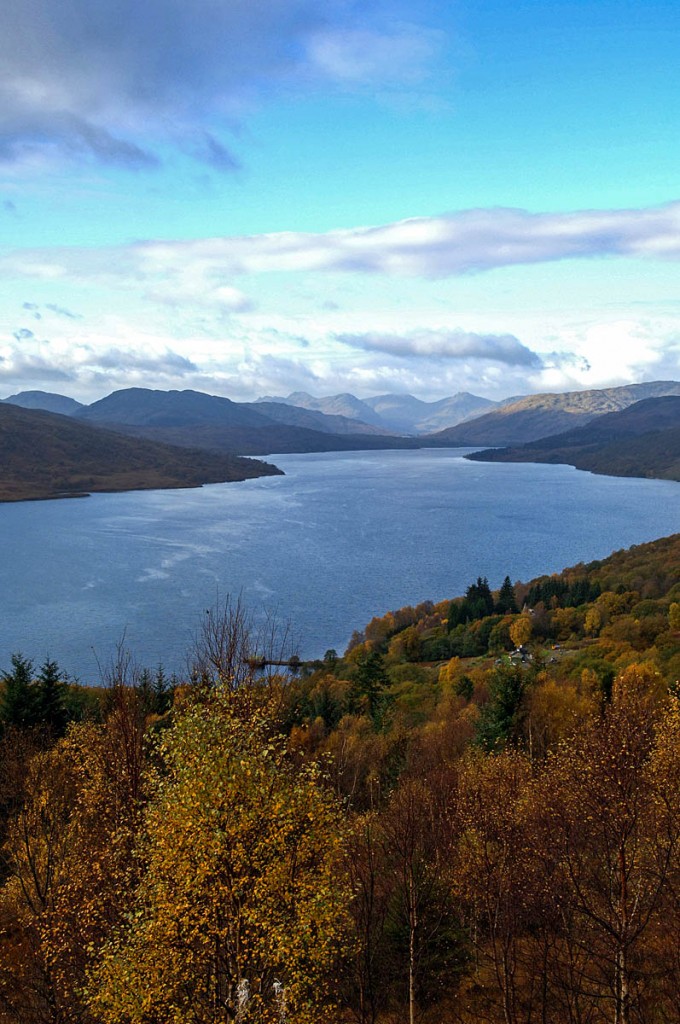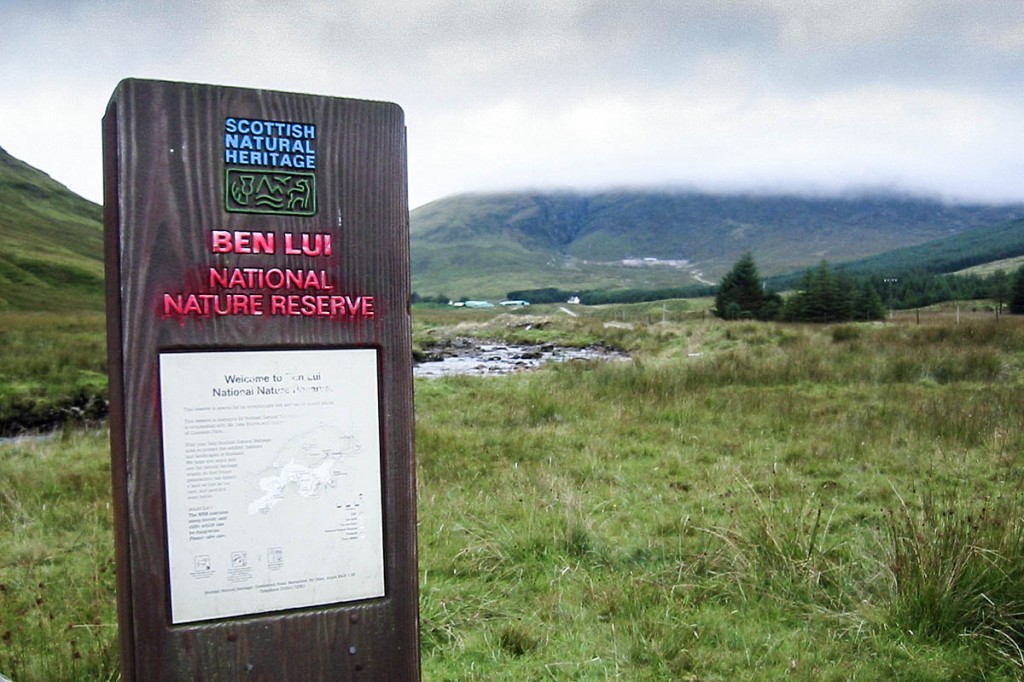Scotland will gain one new national nature reserve, but lose six, the Government’s advisory body has decided.
The new Great Trossachs Forest reserve will be the UK’s biggest, Scottish National Heritage announced.
But six other NNRs, including one surrounding the munro Ben Lui, where a proposed gold mine has been approved, have been ‘de-declared’ by SNH’s board. Members decided to keep under review the future of a seventh at Glen Roy, home to the geologically important parallel roads.
The new Trossachs reserve is home to varied wildlife in an area within an hour’s drive for 80 per cent of Scotland’s population, SNH said. Its chairman Ian Ross said: “I’m delighted that our board has today given the go-ahead to the new Great Trossachs Forest NNR.
“Covering 16,500ha (64 sq miles) it will be Scotland’s largest reserve, with a variety of wildlife, habitats, and landforms, including some of national or international importance such as ancient woodland, wet woodland and upland wood pasture.
“However, as well as being such an ecologically important site, the Great Trossachs Forest NNR clearly displays the key features associated with a NNR – it is nationally important, well managed and is inspiring and accessible to the public, offering a host of attractions for visitors to experience, savour, and enjoy.
“This stunning location is an inspirational backdrop for people to responsibly enjoy Scotland’s outstanding natural heritage.”
Scotland’s newest reserve covers a swathe of land from Inversnaid on the east bank of Loch Lomond, through Loch Katrine and Glen Finglas and almost as far as Callander.
Wildlife in The Great Trossachs Forest includes black grouse, golden eagle, osprey, pine marten, red squirrel, water vole and otter.
It is owned and managed by RSPB Scotland, Forestry Commission Scotland and the Woodland Trust Scotland. Heritage Lottery Fund money is being used to restore the ground to a more natural mosaic of open hill ground and woodland.
Habitat restoration will help species in decline, such as black grouse, and allow for a richer diversity of wildlife and plants in years to come.
Sue Morris, project manager for the Great Trossachs Forest said: “We have a 200-year vision to create new woodland and other natural habitats on a landscape scale, ensuring that future generations can enjoy the outstanding natural heritage that the Trossachs have to offer.”
The SNH board also agreed a proposed extension to The Flows NNR in Caithness and Sutherland.
The proposed 3,960ha (9,785-acre) extension to the reserve, owned by the RSPB Scotland, includes parcels of land adjacent to the existing NNR.
The Peatlands Partnership’s £10.5m Heritage Lottery-funded Flows to the Future project has recently completed a new viewing tower, The Flows Lookout, at Forsinard and has also just commissioned a series of other exciting projects for visitors, including a new field centre with accommodation and work facilities for volunteers and research students studying peatlands across The Flow Country.
Six areas across Scotland have had their national nature reserve status removed by SNH and the advisory body said discussions are continuing about the Glen Roy reserve in Lochaber.
It said: “The site was originally acquired in 1970 to protect it against proposed tree planting, as at the time site of special scientific interest legislation was weaker than today. Now the protection comes from the SSSI, and not its national nature reserve status.”
It said the NNR amounts to only 8 per cent of the much larger Parallel Roads of Lochaber SSSI.
Ian Ross said: “Glen Roy is an important place, recognised locally, nationally and internationally for its geology.
“The SNH Board has listened to the many representations and recognises the significant support which exists within the local and wider Lochaber area for the Glen Roy NNR. It is also clear that there is existing good work to support visitors to the area.
“We have considered the concerns raised and decided to remove the threat of de-declaration and to engage with the local community and groups such as the Lochaber Geopark Association to explore ways of delivering the wider features required for NNR status – a NNR should be nationally important, well managed and be inspiring and accessible to the public, offering attractions for visitors to experience, savour, and enjoy.
“We have agreed we will review progress at Glen Roy in 18 to 24 months’ time.
“People are able to visit this part of the Lochaber Geopark under the terms of the Scottish Outdoor Access Code, as they would any other area, provided they exercise their rights responsibly.
“This geological feature is one I’d encourage everyone to see if living in or visiting the Lochaber area.”
The six areas which are no longer reserves don’t fit the criteria for NNRs, the board said. Ben Lui, near Tyndrum, though popular with hillwalkers, has no central point for people to engage with the reserve and no visitor facilities, it said. “The landscape interest of the area is high, but it is part of a very high quality backdrop which offers many other fine views,” it said.
Other areas to be ‘de-declared’ are: Kirkconnell Flow, near Dumfries; Monach Isles, west of the Outer Hebrides; Rona and Sula Sgeir, off the north-west coast of Scotland; Silver Flowe, north-east of Newton Stewart and Whitlaw Mosses, near Selkirk.
SNH said the areas would retain protection from other environmental designations. The number of NNRs will fall from 47 to 42, though it said with the addition of the Great Trossachs reserve, the area covered by NNRs in Scotland will increase by about 16,000ha (62 sq miles) to 117,000ha (452 sq miles).


Gareth Kett
20 August 2015While I welcome the designation of The Great Trossachs Forest as an NNR, it is disappointing to lose Ben Lui as an NNR, particularly as the reasons given point towards a shift in emphasis from benefits to wildlife to benefits to people. The term 'nature reserve' surely implies a reserve for nature rather than a facility for people. The focal point for people to engage with is the reserve itself, particularly the montane flora. There is not always a need for man-made interpretation or infrastructure to act as focal points for nature.